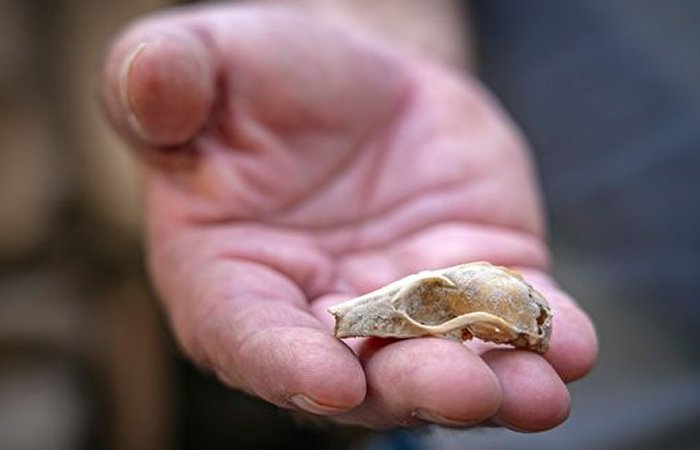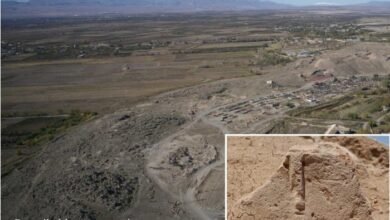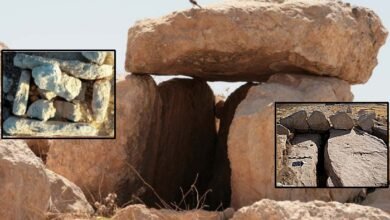Findings From The First Temple Period Discovered In the City of David Corroborate A Biblical Event

Conny Waters – AncientPages.com – The research, which lasted almost a decade in the City of David National Park excavations, shows that extensive activity was carried out in Jerusalem by the 9th century BCE, already in the 10th century BCE, during King David’s reign.
Credits: Israel Antiquities Authority
Researchers from the Israel Antiquities Authority, Tel Aviv University, and the Weizmann Institute of Science concluded this.
During King Jehoash’s reign, and potentially preceding that era, the city expanded to the west toward Mount Zion.
The recently uncovered city wall in the City of David, which was previously believed to have been constructed during the reign of King Hezekiah as part of the preparations for the Assyrian siege, has now been dated back to an earlier period. Evidence suggests that this fortification was erected during the time of King Uzziah following a significant earthquake that struck Jerusalem.
Credits: Israel Antiquities Authority
This finding challenges the previous timeline of Jerusalem’s defensive infrastructure and provides a new perspective on the city’s historical development, suggesting that it was already a significant urban center during the 8th century BCE.
The recent research endeavor illuminates one of the long-standing and contentious inquiries concerning the nature and extent of Jerusalem during the reigns of David and Solomon and the subsequent era. The findings suggest the presence of a widespread settlement within Jerusalem during the period.
Current research helped scientifically reconstruct for the first time the history of Jerusalem from 1200 BCE—before the days of David and Solomon, according to the biblical description—to the Babylonian destruction in 586 BCE.
Credits: Israel Antiquities Authority
“The new research allows us to study the development of the city: until now, most researchers have linked Jerusalem’s growth to the west, to the period of King Hezekiah – just over 2700 years ago. The conventional assumption to date has been that the city expanded due to the arrival of refugees from the Kingdom of Israel in the north, following the Assyrian exile,” according to Prof. Yuval Gadot of Tel Aviv University.
“However, the new findings strengthen the view that Jerusalem grew in size and spread towards Mount Zion already in the 9th century BCE, during the reign of King Jehoash, a hundred years before the Assyrian exile.
“In light of this, the new research teaches that the expansion of Jerusalem results from internal-Judean demographic growth and the establishment of political and economic systems.”
According to Dr. Joe Uziel of the Israel Antiquities Authority: “For decades, it was assumed that this wall was built by Hezekiah, King of Judah, but it is now becoming clear that it dates back to the days of King Uzziah, as hinted at in the Bible:
‘And Uzziah built towers in Jerusalem… and strengthened them’ (2 Chronicles 26:9).
According to Dr. Uziel: “Until now, many researchers have assumed that the wall was built by Hezekiah during his rebellion against Sennacherib, King of Assyria, to defend Jerusalem during the Assyrian siege.”
The eastern section of the wall in the City of David was constructed at an earlier period, shortly after the major earthquake that struck Jerusalem.
This construction was part of the city’s rebuilding efforts during King Uzziah’s reign. Following the wall’s completion, the town experienced continued growth and prosperity until its eventual destruction by the Babylonians.
Source: Israel Antiquities Authority
Written by Conny Waters – AncientPages.com Staff Writer







